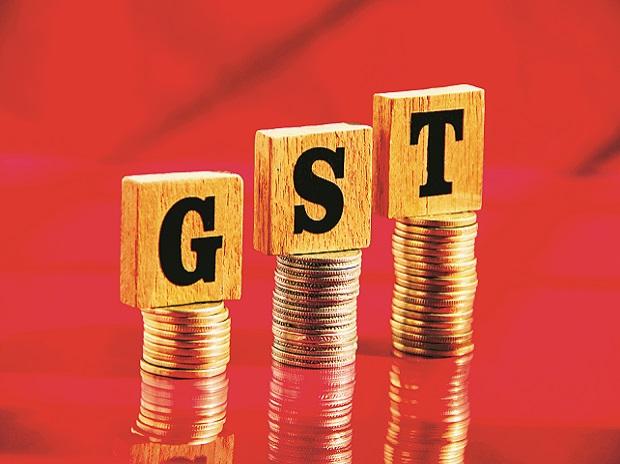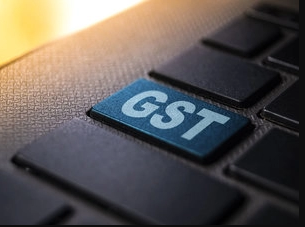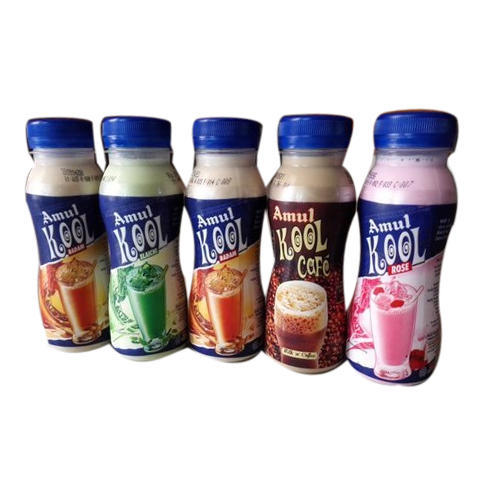The GST revenues of October 2022 were Rs 1,51,718 crore — the second-highest collection ever since the Goods and Services Tax was introduced
Milestones and records are normally tracked in sports. In India, monthly GST collections have almost become a barometer of the performance of the economy. On the first day of every month, the Ministry of Finance releases data on GST collections of the previous month.
The GST revenues of October 2022 were Rs 1,51,718 crore — the second-highest collection ever since the Goods and Services Tax was introduced. It was next only to the collection in April 2022. October also saw the second-highest collection from domestic transactions. This is the ninth month and for eight months in a row the monthly GST revenues have been more than the Rs 1.4 lakh-crore mark. During September, 8.3 crore e-way bills were generated, which was significantly higher than the 7.7 crore bills in August.
One of the reasons for the record GST revenues is that consumption increased during the festival season that just concluded. Consumer spending was muted over the last two years due to the Covid-19 pandemic, resulting in consumers resorting to “revenge consumption” this year. An analysis of the top five states that contribute to GST revenues presents no surprises. Between themselves, Maharashtra, Karnataka, Tamil Nadu, Gujarat and Uttar Pradesh have kept the top five slots. These states are either manufacturing or service-driven.
An analysis of the percentage increase in GST revenues in October 2022 as compared to October 2021 presents an interesting insight. Ladakh (74%) topped the list while Goa, Puducherry and Goa showed percentage increases of more than 30%. “Revenge tourism” is clearly a factor that has contributed to these increases in GST revenues. However, the rise cannot be attributed purely to revenge tourism and consumption. Other factors, too, have contributed their bit to the uptick in GST revenues.
Nine months ago, Section 16(2)(aa) was introduced in the CGST Act. The GST revenues have crossed Rs 1.4 lakh crore for eight months in a row. This may not necessarily be a coincidence. Section 16(2)(aa) added a condition for the taxpayer to be eligible
to claim input tax credit, the details of the invoice or debit note have been furnished by the supplier in the statement of outward supplies and such details have been communicated to the recipient of such invoice or debit note in the manner specified under section 37.
In other words, input tax credit could be claimed only if the counterparty has reflected it in their return and the details appear in GSTR 2B. This restriction on availing input tax credit has also contributed to taxpayers having to shell out more while discharging their GST liabilities.
Extending the gamut of e-invoicing to taxpayers with a turnover greater than Rs 10 crore is yet another contributor to increased GST revenues. The menace of fake invoices, which was rampant in the early days of the GST regime, has reduced due to e-invoicing. Aggressive assessment by tax officers completes the list of contributory factors.
Read more at: https://www.deccanherald.com/opinion/in-perspective/why-gst-revenues-continue-to-rise-1162055.html
*****
Don’t miss the next Tax Update / Article / Judicial pronouncement
Subscribe to our newsletter for FREE to stay updated on GST Law
Resolve your GST queries from national level experts on GST free of cost
TW Editorial Team comprises of team of experienced Chartered Accountants and Advocates devoted to spread the knowledge of GST amongst the various stakeholders.





I wonder how a customer can confirm whether his supplier(s) has / have correct GST . It is something Impossible. However as actions being taken by CBIC regarding sequesntial filing of GSTR -1 / IFF and GSTR 3B and restraining filing GSTR-1 if 3B of the previous tax period is not filed, I hope this burden on the recipient will be much solved